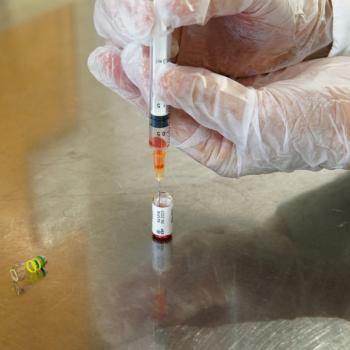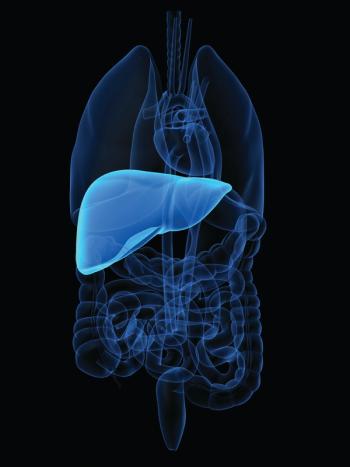
Precision Medicine Trial Matches Mutations to Treatment
A precision medicine clinical trial based on genomic abnormalities has screened nearly 6,000 patients in just under 2 years and matched 18% of tumors screened with a genetic mutation to one of 30 treatment arms.
A precision medicine clinical trial based on genomic abnormalities has screened nearly 6,000 patients in just under 2 years and matched 18% of tumors screened with a genetic mutation to one of 30 treatment arms.
The National Cancer Institute (NCI) Molecular Analysis for Therapy Choice (MATCH) clinical trial is designed “to explore signals of treating patients based on their molecular aberration regardless of histology of their tumor. If 25% or more of the patients with a given mutation that matches them to a specific treatment arm respond to the treatment, it would mean that the particular treatment-mutation combination is worthy of further study in a larger phase II clinical trial,” said lead author Alice P. Chen, MD, head of the Early Clinical Trials Development program in the Division of Cancer Treatment and Diagnosis at the NCI in Bethesda, Maryland.
Chen presented the details of the study at a press briefing at the AACR-NCI-EORTC International Conference on Molecular Targets and Cancer Therapeutics, held October 26–30 in Philadelphia.
The rapid screening “far exceeded our expectations and likely reflects the broad interest in the promise of genomics and the study design of NCI-MATCH,” said Chen. As of mid-July 5,963 tumor samples from adult patients with a wide range of cancer types at more than 1,100 clinical sites around the United States had been screened using next-generation sequencing at one of four central gene-sequencing laboratories.
“When we opened the trial, we thought we would be flooded with common tumors,” she said. However, the most common types of cancer accounted for just 38.2% of the cancers screened, including colorectum (15.4%), breast (12.8%), lung (7.4%), and prostate (2.6%); 61.8% have less common tumors.
The sequencing assay successfully yielded a result 93% of the time, which is well above the industry average of about 80%, said Chen.
A total of 18% of the tumors successfully sequenced harbored a mutation that matched the patient to treatment. Of these 998 patients, 69% enrolled in the treatment arm to which they were matched. Eight of the treatment arms have reached the minimum patient accrual goal of 35, and some of these have been expanded to allow for accrual of up to 70 patients.
The prevalence of each arm’s mutation varied substantially, with one mutation observed in as many as 3.47% to zero patients who were screened. As a result of the low prevalence rate of some of the mutations, some of the treatment arms did not accrue 35 patients. “We know we need a broader way to reach those with rare variances,” said Chen.
The main limitations of the study are the relatively small sample size for each treatment arm and the patients referred to the trial tend to be heavily pretreated, making broad applicability limited.
If there is a signal in a heavily pretreated population, it suggests potentially exciting activity for the agent that can then be followed up on in additional trials that target the responding population. “We can explore histologies in a broad sense to look for signals, and then provide the genomics of these histologies,” she said.
The NCI-MATCH trial will expand to another eight arms through early next year, and a pediatric MATCH trial is now open.
Newsletter
Stay up to date on recent advances in the multidisciplinary approach to cancer.



















































































